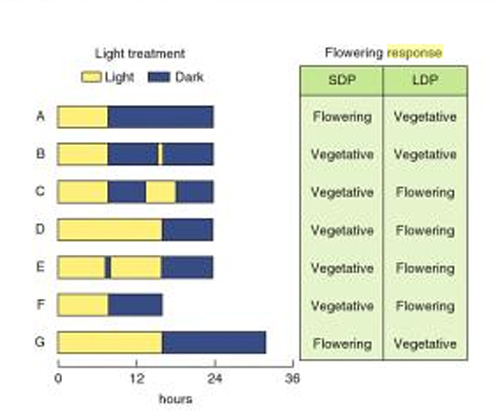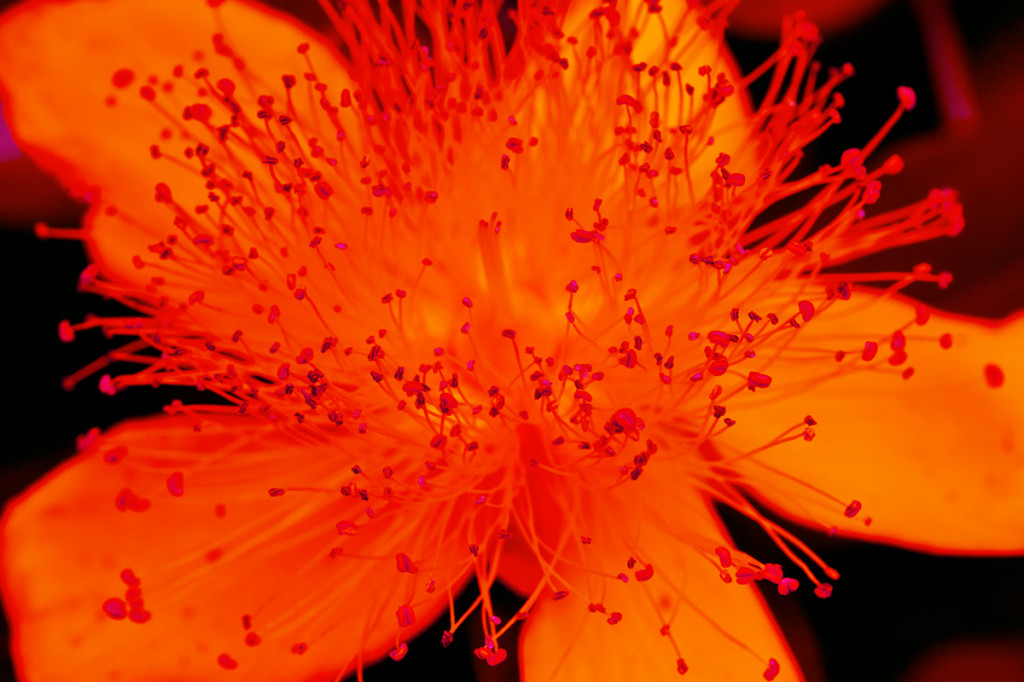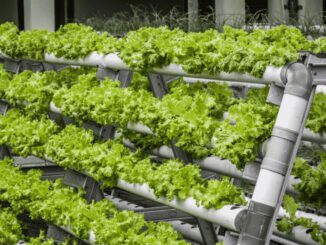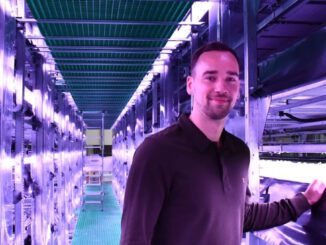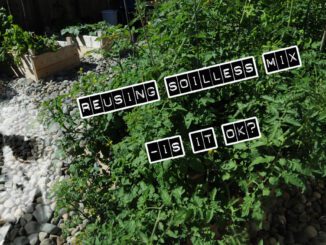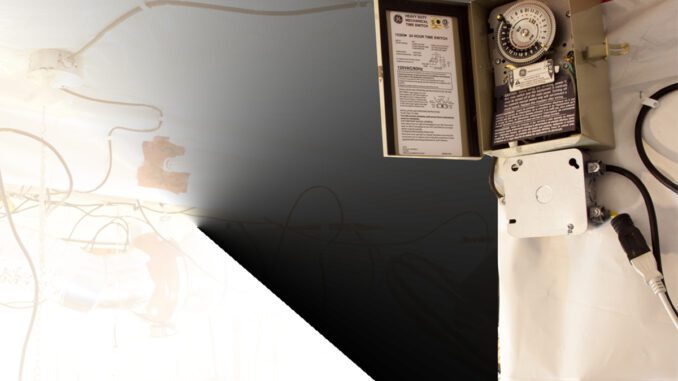
Crop Lighting Cycles
Mastering Light for Heavier Yields (Edition Quattro)
By lb
Savvy growers are reaping bigger yields and cutting down on power bills. Here’s how….with our tips for Crop Lighting Cycles
[quote] Hopefully you notice there are many different light cycles that can be used that are much different then the old school light schedules of the past(18/6)(12/12)[/quote]
Do you know what signals your plants into flower or how to maintain your plants in their vegetative stage?
Well typically people would answer 12/12 (12hrs. light/12hrs. dark) will set their plant into flower and 18/6 (18 hrs. light/6hrs. dark) or 24 hour light will maintain vegetative growth.
While that is correct, why do most people answer that way?
What if, for instance, a grower provided 12 hours lights on 5 1/2 hours lights off, 1 hour lights on and 5 1/2 lights off to maintain the plant in vegetative growth; would that work?
Yes!
This is because plants are classified as:
long-day (LDP)
short-day (SDP)
or day- neutral (DNP)
according to their developmental responses to photoperiod.
While there are some growers growing out the day-neutral varieties, typically most of us in the community are growing out Short-day plants (SDP). Here is a chart that should help bring some clarity to the subject.
This graph (above) focuses on the differences between short-day plants and long-day plants and how their effected by light cycles. I am leaving out day-neutral plants because day neutral plants are not as much effected by light cycles but more so with the length of time meaning the plants are going to flip into flower after a set point amount of days even if the dark cycle is less than 10 hours. (Plants will flower under 18/6)
SDP LDP Day-Night Crop Lighting Cycles
A- FLOWER VEG. A- 8hrs. Light/ 16hrs. Dark
B- VEG. VEG. B- 8hrs. Light/ 8hrs. Dark/1hr. Light/ 7hrs. Dark
C- VEG. FLOWER C- 8hrs. Light/ 6hrs. Dark/4hrs. Light/6hrs. Dark
D- VEG. FLOWER D-16hrs. Light/ 8hrs. Dark
E- VEG. FLOWER E- 6hrs. Light/ 2hrs. Dark/8hrs. Light/8hrs. Dark
F- VEG. FLOWER F- 8hrs. Light/ 8hrs. Dark
G- FLOWER. VEG. G-16hrs. Light/ 16hrs. Dark
*(A-E) Normal 24 hour light day-night cycle
*(F) Artificially shortened day-night cycle
*(G) Artificially lengthened day-night cycle
***ED Note: +25% more light and still flowering? Never thought of that before-awesome for production potential!***
Graphs and information: “The Molecular Life of Plants”
SDP flower in response to long night (A) whether the light period is short (A) or long (G) Interrupting the long dark period with a short or long light break suppresses the flowering response (B,C) Most LDP. flower in response to short nights (D,E) even when the light period is also short (F) and remain vegetative under long nights with (B) or without (A) a short light break even when the day is also long (G) but a longer light break in a long dark period will induce flowering (C) a dark break in a long light period does not modify the response to SDP’s or LDP’s (compare D&E)
So by looking at the graphs, you can see how SDP are effected by light cycles. Hopefully you notice there are many different light cycles that can be used that are much different then the old school light schedules of the past(18/6)(12/12) This information is meant to be used wisely by the savvy grower to have a great effect on how they do there growing from this moment forward. Understanding light cycles and developing light schedules can have a great effect on yield, quality and at least a savings in electric. Which in this day and age everything counts when it comes to over-head. I wanted to give some examples on how these light cycles can be used to your advantage.
For instance the outdoor grower:
(B) 8hrs Light/ 8hrs Dark/1hr Light/ 7hrs Dark
Hopefully you notice here with light schedule (B) you are only giving the plant NINE HOURS of light and FIFTEEN HOURS of darkness (TOTAL) and both LDP and SDP both stay in VEG. This means a huge savings on electric for those outdoors who are getting plenty of light during the day but want to make sure there finicky varieties stay into veg. Typically outdoor growers are running generators at night with incadecents (usually) or some other source of light in efforts to keep there “clone only” varieties from inducing into bloom to early, now using this light cycle the generators are only on 1 hr as opposed to 2-6 hrs. Same results less money!
* 12hrs. Light/5.5hrs Dark/1hr Light/ 5.5hrs Dark is another light cycle that will keep SDP’s in VEG.
*For Indoor growing the same schedules apply for veg. If the grower is trying to maintain varieties vegetating and at the same time save money.
( Pay attention to how plants are growing in effort to reduce stretch from lack of light. Indoor lighting is different in many ways than the light people get from the sun outdoors, might need to play with schedule to meet your specific varieties need)
Now that you have some understanding of how light cycles effect SDP’s growth pattern, I wanted to share with you a light schedule that i’ve ran with success for some time now that links to my last article for the “Bottle Rocket” varieties.
Indoor Bottle Rocket Bloom Light Schedule
*36 hrs. Dark (lighting transition from Veg to Bloom for SDP)
Week 1- 11hrs. Light/ 13hrs. Dark
Week 2- 6hrs. Light/1hr. Dark/ 5hrs. Light/12hrs. Dark
Week 3- 12hrs. Light/12hrs. Dark
Week 4- 12hrs. Light/12hrs. Dark
Week 5- 8hrs. Light/1hr. Dark/4hrs. Light/11hrs. Dark
Week 6- 14hrs. Light/10hrs. Dark
Week 7- 13hrs. Light/11hrs. Dark or 12hrs. Light/12 hrs. Dark
Week 8- 6hrs. Light/1hr. Dark/5 hrs. Light/12hrs. Dark
Week 9- 11hrs. Light/13hrs. Dark
I am by no means stating that there is anything wrong with running a 12/12 light cycle for bloom because there isn’t, this is just a refined light schedule that has been ran for some time now that is catered to the bottle rocket varieties I wrote about last month. *see digital editions HERE and look for quattro
Well I hope this article has opened your eye’s and shed some light so you as a grower have a better understanding of how one can play with light cycles to increase yields, save electricity and grow a healthier plant. At the very least hopefully this article dropped some knowledge to the fact there are other light schedules other than 18/6 for VEG. & 12/12. for Bloom. As always turning clones to zones… EB Note-Heck YES! This goes waaaay beyond the same old. Final Note: If you grow strains that are very light sensitive and have hermaphrodite tendencies, try it on a test garden first to avoid sex reversal that may lead to pollination.
Grozine Note: Besides changing when the photo period, growers can also manage how light is delivered and how lighting appliances are cycled. Check out this feature on Grow Lighting in the Age of Smart Meters:
Click HERE

